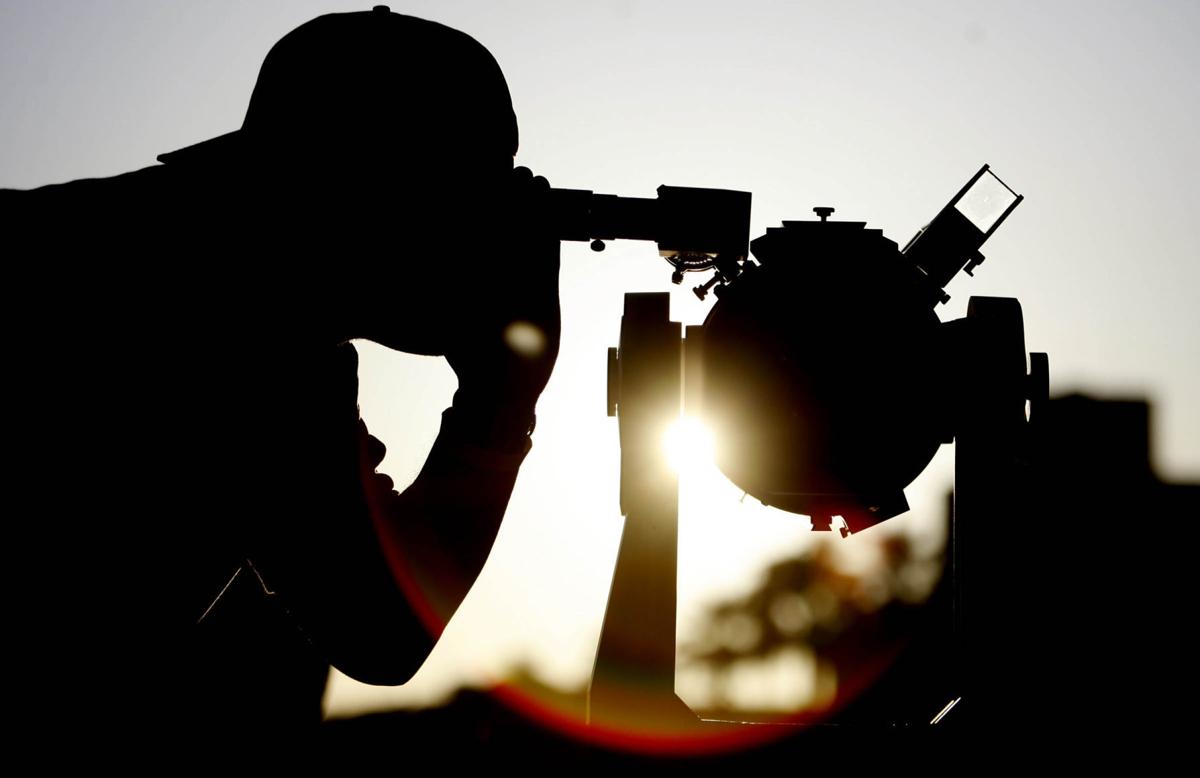Saturday, April 21, is International Astronomy Day, a worldwide event observed each spring and fall dedicated to providing interaction between the general public and various astronomy enthusiasts, both professional and amateur.
The theme of Astronomy Day is “Bringing Astronomy to the People.” A general overview can be found on the Astronomical League website at: www.astroleague.org/al/astroday/astrodayform.html.
The Tucson Amateur Astronomy Association, Inc. (TAAA) often has programs for solar viewing during the day and evening telescope viewing after sunset.
Check the TAAA website for more information about the club and its events at: tucsonastronomy.org.
I also recommend you check with the Flandrau Science Center (621-7827), Starizona (292-5010), and Stellar Vision (571-0877) to see what they might offer.
Try to observe the sky on Astronomy Day. In the predawn sky around 5 a.m. you will find Mercury low against the eastern horizon. Mars and Saturn will be directly south at that time with Mars to the left (east) of Saturn. Jupiter is low in the Southwest.
On Saturday after sunset (6:58 p.m.), ever brilliant Venus is prominent in the western sky. The nearly 7-day-old moon is high in the south 15 degrees above the bright star Procyon in Canis Minor.
Sirius in Canis Major is the brightest star in the sky, and it will be shining in the Southwest. Seeing these heavenly delights is certainly a good way to enjoy Astronomy Day.





